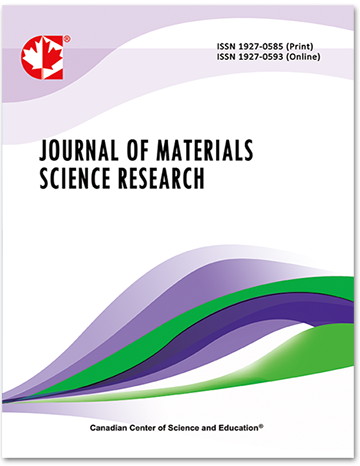Prediction of the Emissivity Curve at High Temperatures of Low Carbon Steel
- Vinicius Santos de Deus
- José Adilson de Castro
- Sandro Rosa Rosa Corrêa
Abstract
The thermography is an attractive technique to record the real-time temperature during the continuous welding processes. The temperature distribution during the weld zone is essential for understanding and evaluating the metallurgical properties of the joints. The knowledge of the material emissivity curve is necessary for the precise acquisition of thermography data. This emissivity value is usually assumed constant in the thermography software data acquisition, resulting in inaccurate thermographic data. The surface emissivity usually depends on the temperature. Thus, the values obtained in the literature may not be valid for materials of interest under the process’s conditions. Especially in the case of the low carbon steels, the emissivity data available are scarce and frequently obtained at low temperatures (below 200oC). Therefore, we proposed a methodological procedure to measure the effective surface emissivity, which considers the effect of temperatures and surface conditions. This research was focused on the development of an experimental methodology for determining the emissivity curve, using as the sample, a low carbon steel (0.07% C) with 0.21 mm thickness obtained from the productive stock of a continuous annealing line in the steel plant of the Companhia Siderúrgica Nacional (CSN). The normal sample emissivity was evaluated in the temperature range from 100ºC to 800ºC. It was proposed a model based on a sigmoid function to represent the effective emissivity during temperature rise. The sigmoid model parameters were obtained by a fitting procedure using temperature measurements obtained by thermocouples. The results showed an effective emissivity variation as a function of temperature, where emissivity values raged in the interval of 0.09 to 0.83. Thus, the useful emissivity curve was used to correct the thermography data obtained in electrical resistance seam welding (RSEW) with three levels of heats inputs. The correlation for the emissivity curve incorporated in the thermography software was applied to the thermal profiles of the welds analyzed from 441ºC to 713ºC. These values are consistent with the welding process used. The developed methodology can be applied, in a similar way, in the correction of profiles in other types of welding processes.- Full Text:
 PDF
PDF
- DOI:10.5539/jmsr.v9n2p59
Journal Metrics
Impact Factor 2022 (by WJCI): 0.583
Google-based Impact Factor (2021): 0.52
h-index (December 2021): 22
i10-index (December 2021): 74
h5-index (December 2021): N/A
h5-median (December 2021): N/A
Index
- CAS (American Chemical Society)
- CNKI Scholar
- Elektronische Zeitschriftenbibliothek (EZB)
- EuroPub Database
- Excellence in Research for Australia (ERA)
- Google Scholar
- Infotrieve
- JournalTOCs
- LOCKSS
- NewJour
- PKP Open Archives Harvester
- Qualis/CAPES
- SHERPA/RoMEO
- Standard Periodical Directory
- Universe Digital Library
- WJCI Report
- WorldCat
Contact
- John MartinEditorial Assistant
- jmsr@ccsenet.org
